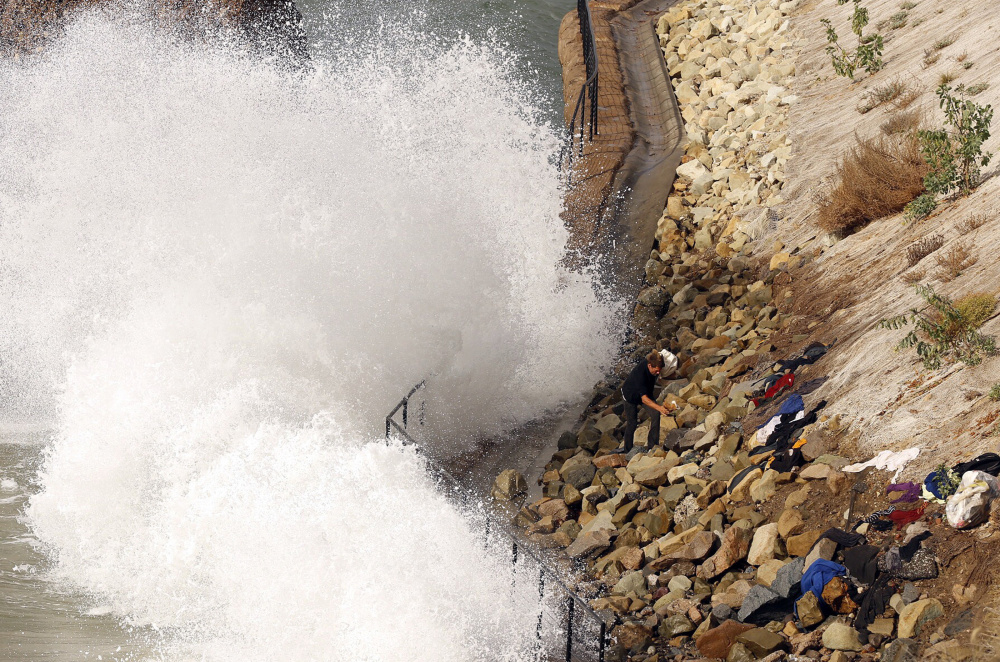The effects of rising oceans on coastal flooding may be even worse than we thought. Scientists have found that a mere 10 to 20 centimeters, or about 4 to 8 inches, of sea-level rise – which is expected by 2050 – will more than double the frequency of serious flooding events in many parts of the globe.
The findings, described in Scientific Reports, highlight the environmental and economic impacts of sea-level rise on coastal areas, and the need to properly predict and prepare for these effects.
As global warming marches onward and land-ice reserves continue to melt into the seas – thanks in large part to human-produced greenhouse gases – oceans are continuing their upward creep. Researchers have long made global-scale estimates of sea-level rise and analyzed what effects the ocean’s ascent will have on coastal erosion, on the environment and on human communities. Those estimates have taken into account storm surge and tidal fluctuations, among other variables. But they haven’t included a crucial factor: waves.
Waves might seem like small potatoes compared with high tides, but they can have a big impact, aid Sean Vitousek, a coastal scientist at the University of Illinois at Chicago.
“Waves often generate a pretty significant portion of the actual flood levels,” he explained.
Send questions/comments to the editors.



Success. Please wait for the page to reload. If the page does not reload within 5 seconds, please refresh the page.
Enter your email and password to access comments.
Hi, to comment on stories you must . This profile is in addition to your subscription and website login.
Already have a commenting profile? .
Invalid username/password.
Please check your email to confirm and complete your registration.
Only subscribers are eligible to post comments. Please subscribe or login first for digital access. Here’s why.
Use the form below to reset your password. When you've submitted your account email, we will send an email with a reset code.